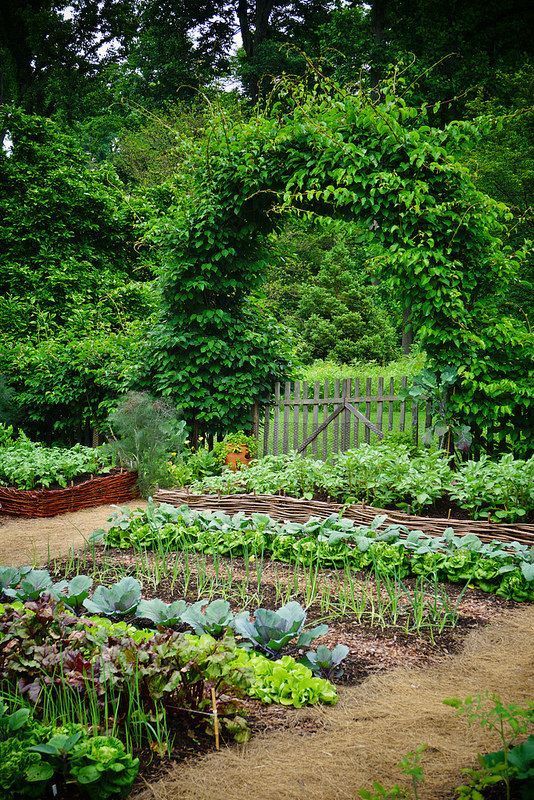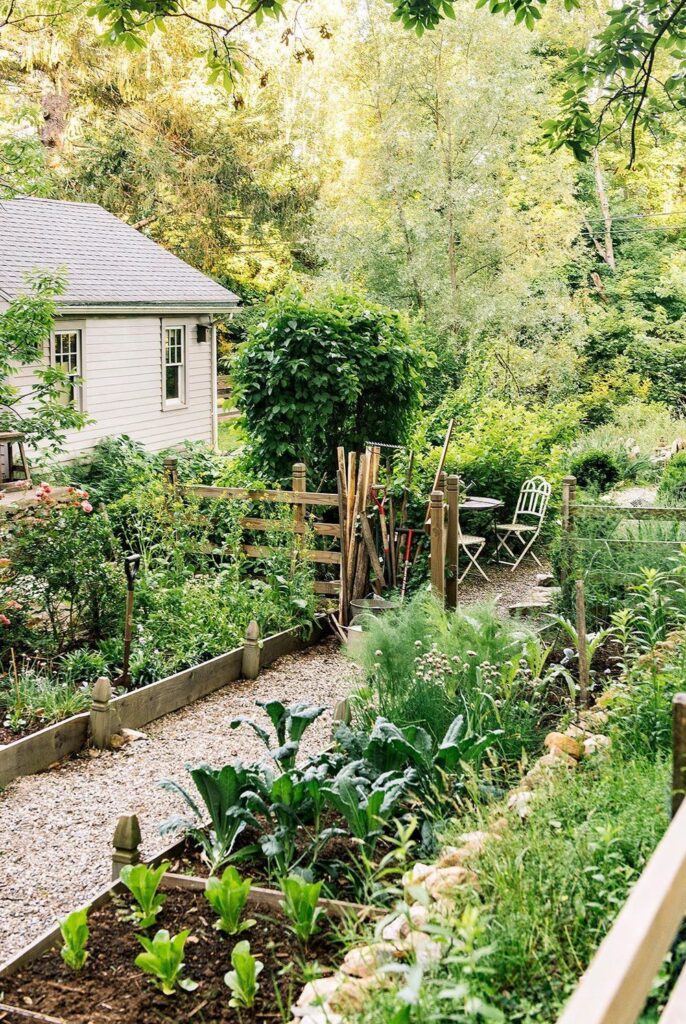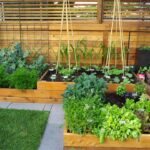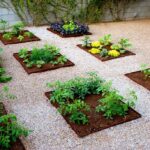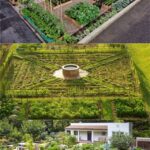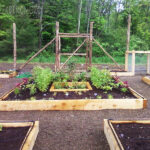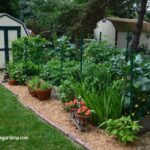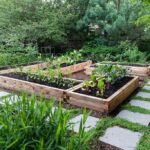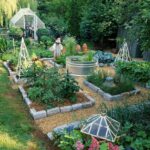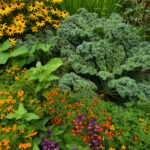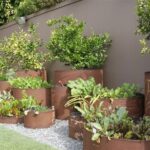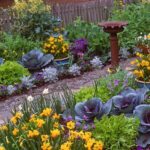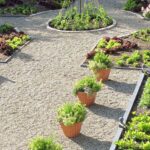Landscaping a vegetable garden is a great way to not only enhance the visual appeal of your garden, but also to increase its productivity and functionality. By incorporating various design elements and strategic planning, you can create a beautiful and efficient space that will yield bountiful harvests. Here are some tips on how to effectively landscape your vegetable garden.
One key aspect of landscaping a vegetable garden is to carefully plan out the layout of the garden beds. Consider the size and shape of your garden space, as well as the types of vegetables you want to grow. Create raised beds or install pathways between the beds to make it easier to access and work in the garden. This will not only improve the aesthetics of the garden, but also make it more convenient for planting, weeding, and harvesting.
Incorporating vertical elements such as trellises, arbors, and fences can add interest and functionality to your vegetable garden. Use these structures to support climbing plants like tomatoes, cucumbers, and peas, which will help maximize space and increase overall yield. Additionally, vertical elements can provide shade for certain plants and help to create a more visually appealing garden design.
Choose a variety of plants with different heights, colors, and textures to create a visually interesting and harmonious garden. Group plants together based on their growing requirements and complementary colors to create visual interest and a cohesive look. Consider adding flowers, herbs, and other ornamental plants to attract pollinators and beneficial insects, as well as to add beauty and fragrance to your garden.
Incorporating pathways and designated areas for seating and relaxation can transform your vegetable garden into a functional and inviting outdoor space. Use natural materials like gravel, mulch, or stepping stones to create pathways that allow easy access to different areas of the garden. Create seating areas with benches, chairs, or even a small table to provide a place to sit and enjoy the beauty of your garden.
Consider adding decorative elements such as garden art, sculptures, or water features to add personality and charm to your vegetable garden. Use these elements to create focal points or add interest to different areas of the garden. Just be sure to choose elements that complement the overall design of the garden and do not overwhelm the space.
Finally, don’t forget to incorporate sustainable gardening practices into your landscaping design. Consider installing a rain barrel or a drip irrigation system to conserve water and reduce water waste. Use organic mulch and compost to improve soil health and fertility, and avoid using harmful chemicals and pesticides that can harm beneficial insects and pollute the environment. By incorporating these practices, you can create a beautiful and productive vegetable garden that is not only aesthetically pleasing, but also environmentally friendly.
